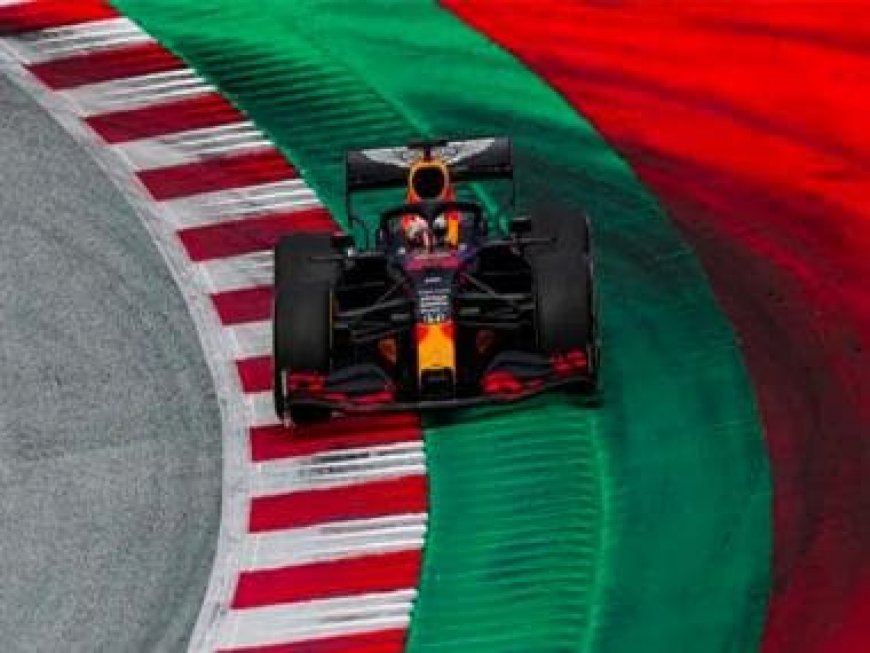Formula 1 Gets Intelligent: Regulating body FIA to monitor track violations using AI in Abu Dhabi GP
Formula 1 Gets Intelligent: Regulating body FIA to monitor track violations using AI in Abu Dhabi GP

In a bid to revolutionize the monitoring of track limits in Formula 1 races, the FIA, the regulatory body for the sport, is set to trial artificial intelligence (AI) during the upcoming Abu Dhabi Grand Prix.
The initiative aims to address the challenges posed by breaches of track limits by utilizing ‘Computer Vision’ technology, which employs sophisticated shape analysis to identify the pixels crossing the track’s edge.
The FIA’s goal is to distinguish genuine breaches, where drivers fully cross the designated white line marking the track’s perimeter, thus enhancing the precision of enforcement.
In Formula 1, the term “track limits” means the defined boundaries of the racing circuit that dictate where drivers are permitted to manoeuvre their cars during a race. These boundaries are typically demarcated by white lines along the edges of the track.
It is expected that drivers adhere to these limits, although often there are instances where they may cross these boundaries. When a driver exceeds the designated track limits, by placing all four wheels of the car off the track, they receive penalties or warnings from race officials. This may range from penalising a driver by a few seconds in the main race, or deletion of the lap time during qualifying.
The impetus behind monitoring track violations using Computer Vision is to alleviate the workload at the FIA’s remote operations centre (ROC) and streamline response times, as it has been seen that there are times when certain drivers were not flagged when the track limits were violated.
The FIA encountered a significant challenge during the Austrian Grand Prix on July 2, where approximately 1,200 potential violations had to be managed by a team of only four individuals.
By the Qatar Grand Prix in October, the team had expanded to eight members, monitoring 820 corners and reporting 141 incidents to race control, resulting in the deletion of 51 laps.
Despite these efforts, certain breaches during the October US Grand Prix in Austin remained unaddressed, prompting stewards to express dissatisfaction with the enforcement of track limit violations at turn six.
Tim Malyon, the FIA’s head of remote operations and deputy race director, emphasized the efficacy of Computer Vision technology, drawing parallels with its success in medical fields, particularly in the analysis of data from cancer screenings.
Malyon highlighted the technology’s intended use in eliminating cases where no infringement occurred, allowing skilled personnel to focus on the genuine 20% of potential violations.
He noted that the integration of Computer Vision would reduce the number of cases considered by the ROC, with fewer instances forwarded to race control for further action.
Malyon emphasized the potential of real-time automated policing systems, foreseeing them as the future of efficient track limit enforcement in Formula 1.
(With inputs from agencies)
What's Your Reaction?

























































